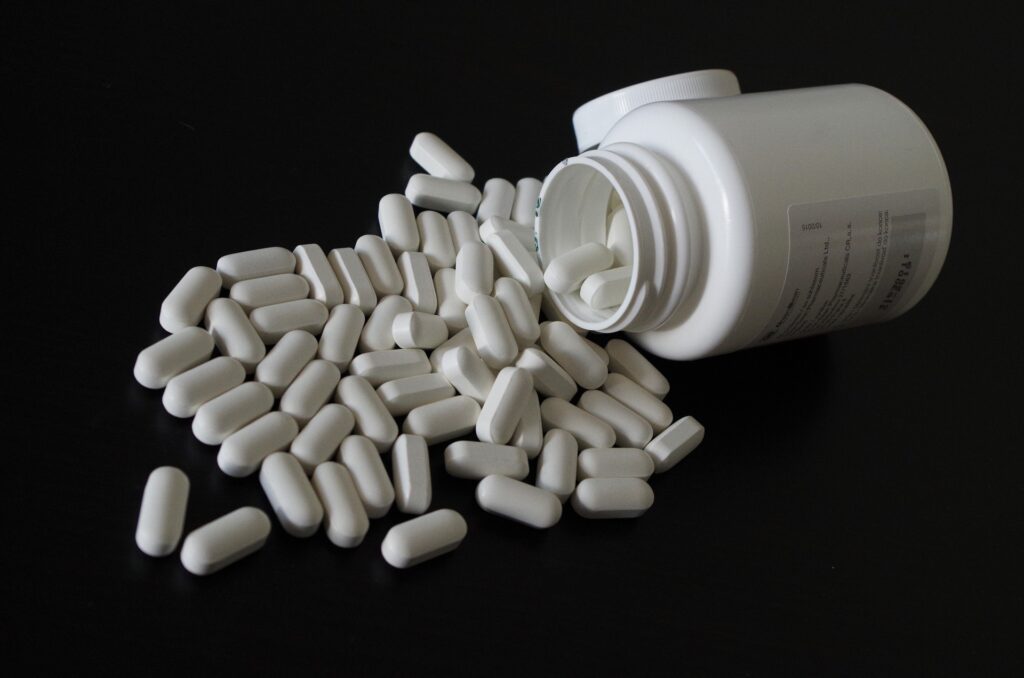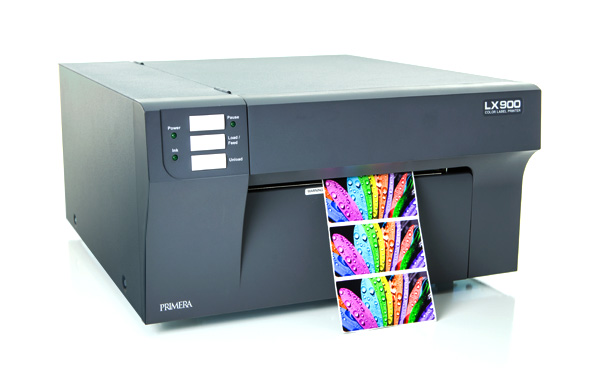In the realm of medical technology, oxygen tank regulator systems stand as a lifeline for patients reliant on supplemental oxygen. These systems have undergone remarkable advancements, transforming the landscape of respiratory care and enhancing patient comfort, safety, and autonomy. Traditionally, oxygen tank regulators were bulky, cumbersome devices with limited functionalities. However, with advancements in engineering and material science, modern regulators have become sleek, lightweight, and highly efficient. Miniaturization of components, coupled with the integration of advanced sensors and microprocessors, has enabled the development of compact regulators capable of delivering precise oxygen flow rates tailored to individual patient needs. One of the significant breakthroughs in oxygen tank regulator systems is the incorporation of intelligent control algorithms. These algorithms continuously monitor parameters such as oxygen saturation levels, breathing patterns, and ambient conditions to adjust oxygen flow rates in real-time. This adaptive functionality ensures optimal oxygen delivery while minimizing wastage and maximizing the lifespan of oxygen tanks. Furthermore, the advent of wireless connectivity has revolutionized the monitoring and management of oxygen therapy.
Bluetooth-enabled regulators allow seamless integration with mobile applications, enabling patients and healthcare providers to remotely monitor oxygen usage, track vital signs, and receive timely alerts in case of any deviations from prescribed parameters. This connectivity empowers patients with greater autonomy and facilitates proactive intervention by healthcare professionals, ultimately leading to improved patient outcomes. Another notable advancement is the implementation of safety features aimed at mitigating the risks associated with oxygen therapy. Modern regulators are equipped with built-in pressure relief valves, flow rate limiters, and automatic shut-off mechanisms to prevent over-pressurization and ensure safe operation under various conditions and go to the website. Additionally, ergonomic design features such as intuitive controls, visual indicators, and audible alarms enhance user-friendliness and promote adherence to prescribed therapy protocols. The quest for sustainability has also driven innovation in oxygen tank regulator systems. Manufacturers are increasingly utilizing eco-friendly materials and implementing energy-efficient design principles to reduce the environmental footprint of their products. The evolution of oxygen tank regulator systems represents a remarkable journey of innovation and progress in the field of medical technology.
Moreover, advancements in battery technology have led to the development of rechargeable regulators with extended operational life, thereby minimizing the consumption of disposable batteries and reducing waste generation. In the field of portable oxygen therapy, advancements in miniaturization and battery technology have facilitated the development of wearable oxygen concentrators. These compact devices eliminate the need for bulky oxygen tanks and provide patients with greater mobility and freedom to engage in daily activities without constraints. Integrated pulse-dose delivery algorithms further optimize oxygen utilization, allowing for prolonged battery life and extended therapy duration between recharges. Looking ahead, the future of oxygen tank regulator systems holds immense promise, driven by ongoing research and technological innovation. Emerging technologies such as artificial intelligence, nanotechnology, and biocompatible materials are poised to further enhance the performance, efficiency, and versatility of these essential medical devices. Moreover, advancements in telemedicine and remote monitoring are expected to revolutionize the delivery of respiratory care, enabling personalized treatment strategies tailored to the unique needs of each patient.




